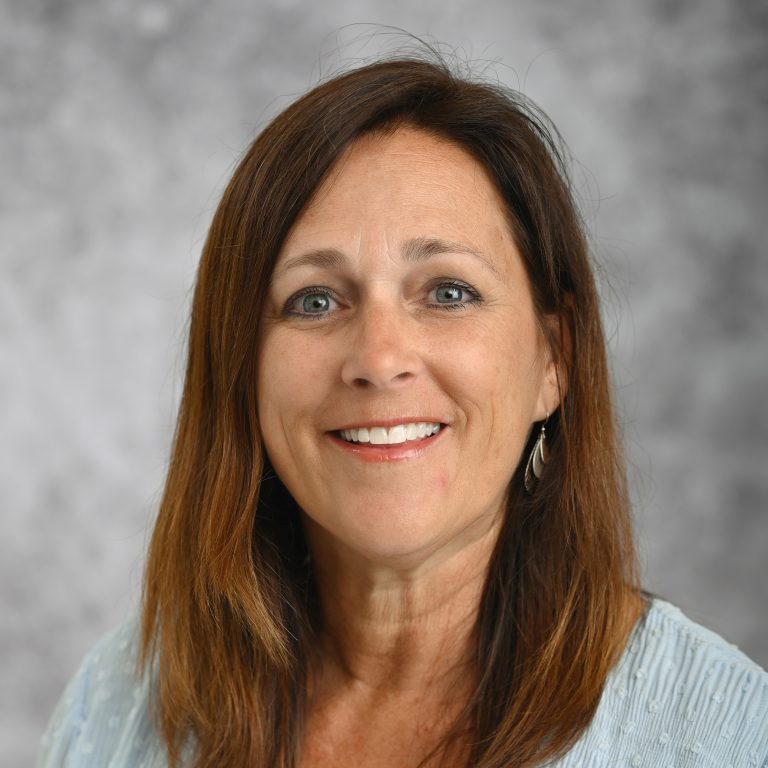 How important is thinking creatively for students?
How important is thinking creatively for students?
Erica Kosal, director of the life sciences first year program and associate teaching professor of biological sciences at North Carolina State University, discusses this.
Erica loves teaching biology and helping students find their niche in college and fit for a major. As a teaching faculty member at NC State University, Erica’s primary courses are Critical & Creative Thinking in the Life Sciences and Introductory Biology. She also is the Director of the Life Sciences First Year Program, which welcomes ~650 new students every year.
The Importance of Developing Students’ Critical Thinking Skills
Many institutions of higher education highlight critical thinking skills as part of their mission statements. Equally important is growing a student’s creative thinking skills to grow their ability to solve problems, produce original ideas, and see issues from multiple perspectives.
Creative thinking has been defined (Ramalingam et al 2020) as “the capacity to generate many different kinds of ideas, manipulate ideas in unusual ways and make unconventional connections in order to outline novel possibilities that have the potential to elegantly meet a given purpose”. When viewed in this way, creative thinking is more than painting something wonderful, writing a best-selling book, or composing a song. Creative thinking is seeing a problem from different angles, combining things in new ways, and integrating concepts from various disciplines to express an idea or produce a product in an alternative way.
Employers seek out creativity in their employees. From an analysis of millions of online job postings, creativity was identified as a critical “human skill” and is cited as the most in-demand soft skill for employees (Markow et al 2018, Petrone 2019).
In the classroom, we need to focus on discipline content and grow a student’s creative thinking skills at the same time. We can rework how we approach a class period. We can use case studies and data sets, asking students to work on them to complement lecture. We can supplement discourse with creative thinking strategies like “find 10 questions” for a set of data or “divergent thinking” for designing possibilities quickly to address a set of observations. And there are so many other strategies as well.
Because we know creative thinking is so valuable to students and their futures, we should all be incentivized to learn more about it too and incorporate such strategies in our classrooms.
Read More:
To learn more about the Life Sciences First Year program at NC State University, please visit https://departments.sciences.ncsu.edu/lsfy//
